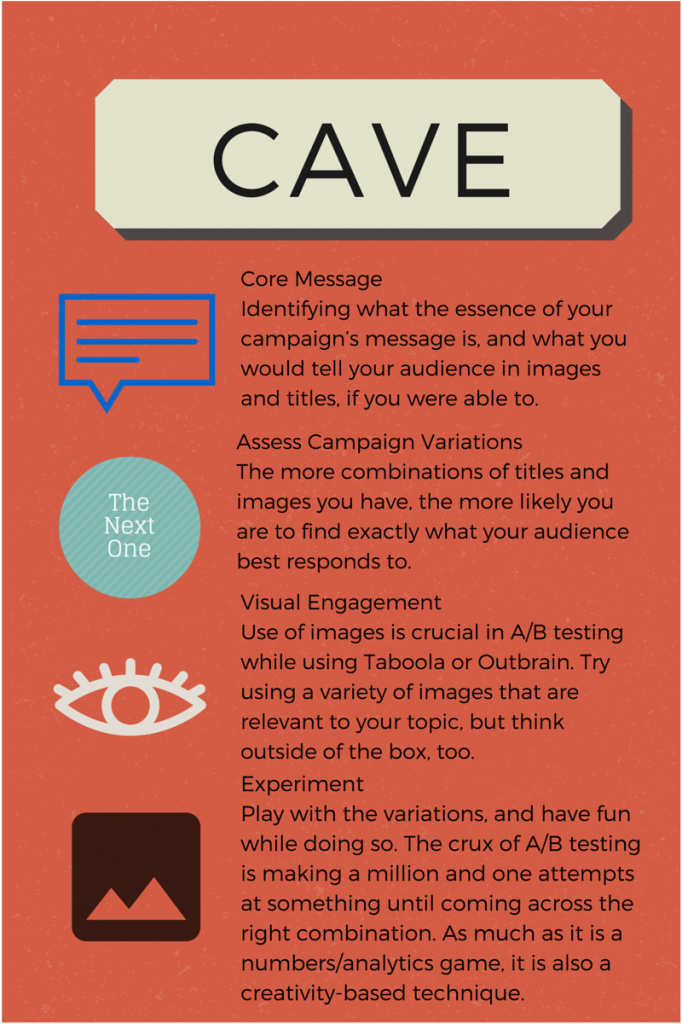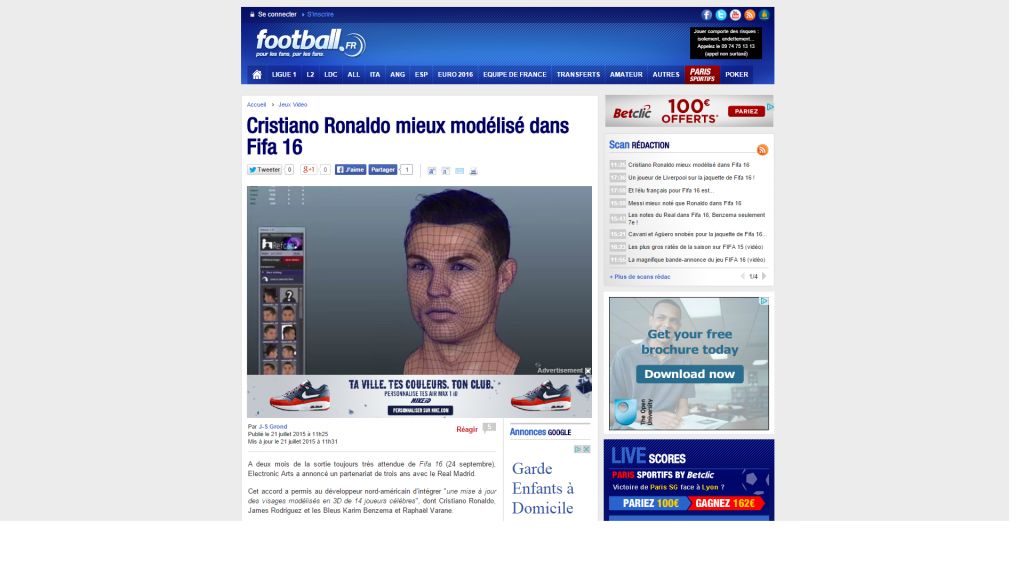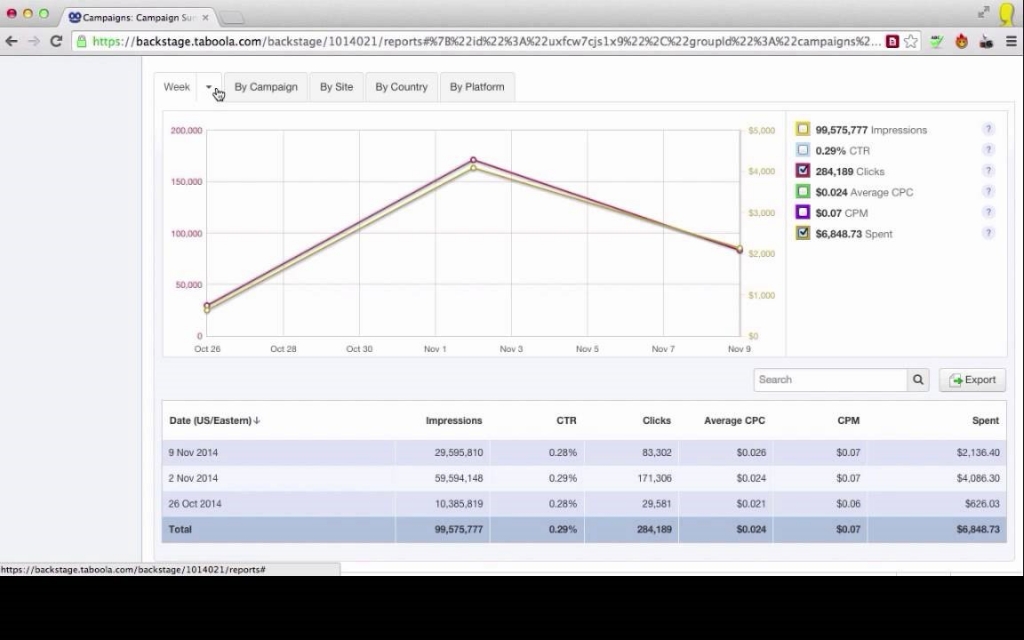Native Advertising is a sub-category within the realm of online advertising, that serves as a matching mechanism to refer to the content’s coherence with other media that might also appear on the platform. Whether you’re an advertiser or publisher, you can definitely benefit from the features that native advertising just by incorporating a few small things in your campaigns.
An example of native advertising you might have seen in the past, could be with a blog that features related blogs in the form of advertisements on the side. “Native” in native advertising, refers to how related a given piece of content is to other pieces of content on the same platform.
Now, you’re probably thinking: “How could I possibly use native advertising to my advantage?”
Publishers, here are a few reasons why you need native advertising in your life:
- It can help make your product even better known than it currently is.
- You will have the ability to monitor any changes you make to your campaigns in an organized way, complete with analytics and numbers.
- Native advertising will help you better understand your target audience- by A/B testing, you will obtain a more complete understanding of how your audience is responding to the content in your campaigns.
Guess what, I have excellent news. By using two of the industry’s most popular tools, you, too, can optimize your A/B testing game.
Outbrain
Outbrain is a content recommendation platform that contains a content marketing module offering to help Internet publishers increase web traffic by presenting them with relevant website links.
The way in which outbrain works, is by using behavioral targeting, which is a range of technologies and techniques used by online publishers to increase advertising success based on a user’s online browsing behavior. Outbrain does far more than just rely on a basic “related items” widget, it recommends slideshows, videos, and photos to a user that would most likely be of interest to them.
A great attribute of Outbrain’s is that it does its best to pre-filter unrelated spammy links, prior to displaying them on the platform. Personally, this is a feature I absolutely love and appreciate about Outbrain, as it has made my experience with it as organized and spam-free as possible.
Taboola
Another great tool that can be used for A/B testing is Taboola. It is a content marketing platform that provides a widget to content creators on their website to show possibly related content by displaying: “Content You May Like”.
Content includes links to related articles, slideshows, and videos, deriving from both the the site and from other publishers, as well. What differentiates Taboola from Outbrain is the “Taboola Choice.” This is a feature where users are able to offer feedback on what recommendations they don’t like, should they disagree with the content that appears for them, unlike Outbrain, which pre-filters spammy links, and other unrelated content.
How To Maximize Your A/B Testing Techniques
When conducting A/B testing, there is a variety of things to consider. Who is your audience? What might they like? How get you get your campaign’s message across as effectively as possible? Thankfully, all of these questions are valid, and can easily be answered by an acronym I came up with, called CAVE:

Here are some other tips I have found to be helpful to maximize my A/B testing techniques:
- A/B testing on both Outbrain and Taboola allow you to combine a variety of titles with the a variety of images to determine what would be the most successful combination for your campaign. Really make sure to take advantage of the ability to mix-and-match, because it can only work out in your favor. The more combinations you provide, the better.
- When it comes to choosing titles, really change up the titles, not just a word or two in each variation. For example, if your topic is “5 Ways To Become A Better Publisher”, another variation that would be more effective than just “5 Ways To Improve Your Publication”, would be “10 Advertising Techniques You Didn’t Know About.” I used to only change the words of my titles, only to see that not much was changing. I was then told to change the titles completely, and it made all the difference.
- In terms of images, you don’t always have to use a photo that’s 100% related to your campaign’s topic. In fact, a bit of shock or unexpectedness can actually prove to be effective in A/B testing. For example, on a campaign about coffee, instead of using this for your feature photo:
use this:
- On both Outbrain and Taboola, you have the ability to launch campaigns to mobile, desktop, and tablet platforms to a variety of countries around the world. Because of this option, when using Taboola, take advantage of its duplicate feature, which allows you to duplicate existing campaigns to other platforms, or other countries. Remember, the more diversity you give to your campaign, the higher chances it will have to succeed.
- Keep in mind cultural diversity. A campaign that might do well in Canada, may not have the same effect in China, and that’s okay. If you notice that being the case, then add even more variations to other countries to see if that changes things. I have experienced multiple times that some forms of content do better in some parts of the world, and not others. This is another good motivator to keep my content fresh and diverse.
In-Image Advertising
An up-and-coming field within the field of advertising is in-image advertising. Essentially, what it does is scan text from web pages, and then automatically matches relevant advertising content and visually engaging in-image campaigns. It’s a form of native advertising, as it has in common
In-image advertising creates a win-win opportunity for both advertisers and publishers. The company I currently work for in marketing, Imonomy, allows both the advertiser and the publisher to benefit equally, while the user is able to enjoy a customized and interactive experience. Imonomy ensures that websites are more attractive and engaging, and that the content on each site is relevant to the user’s browsing behavior.

All in all, you are the one in control of the variations you put out, thus making you responsible for the results. If one method or image, for example, is ineffective, then try another one, in order to determine if that particular factor was the root of your campaign’s lack of success. The beauty of native advertising is that it is evolving to incorporate in image advertising, which increases the amount of resources that are available to you in order to improve your campaigns.





